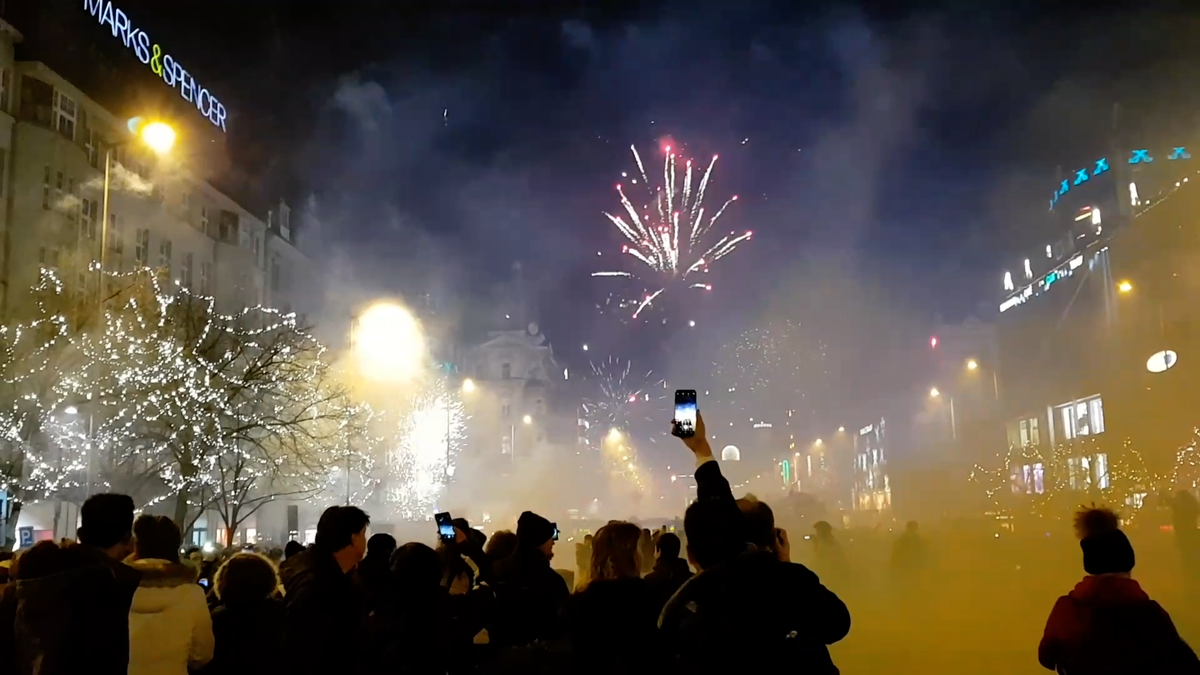In connection with the Russian invasion of Ukraine, the decommissioned Chernobyl nuclear power plant came to the fore. More than 100 employees were imprisoned here for more than 12 days. They could not leave the first day of the Russian invasion of Ukraine, when Russian troops took over the facility, write BBC News Server.
Even though the Chernobyl nuclear power plant is not operational, people never really leave it, as it still requires constant monitoring. However, nuclear safety experts say the potential danger to the public is not high because the power plant is inactive.
Last week, Russian troops opened fire on a nuclear power plant in Zaporozhye. Radiation situation however, according to the State Office for Nuclear Safety, it is common in Europe and Ukraine.
Largest US producer, largest share in France
The United States is the world’s largest producer of nuclear energy and the world’s nuclear power plant is involved of more than 30 percent. The US has a total of 93 reactors in operation and two more are under construction.
In Europe, France has the most nuclear reactors in operation, a total of 56. This forced the massive construction of a nuclear power plant in 1974 after the first so-called oil shock.
“This decision was taken in the context of France’s considerable expertise in heavy engineering, but little-known domestic energy sources.” state The World Nuclear Association, an international non-profit organization dedicated to promoting nuclear energy.
There are 439 nuclear reactors in operation worldwide in a total of 32 countries. They are being built in other countries, notably Turkey and Bangladesh.
France is also the country that gets the most electricity from nuclear power plants. According to the International Atomic Energy Agency, this is more than 70 percent. More than half of the electricity comes from cores in Slovakia and Ukraine. In the Czech Republic, a total of six reactors account for nearly 40 percent of electricity.
In 1954, the first nuclear power plant in the then Soviet Union city of Obninsk opened. Currently, the core accounts for about 10 percent of the world’s total electricity production. Coal (36.7%), gas (23.5%) and hydropower (16%) have a larger share.
Chernobyl and Fukushima, the biggest nuclear accident
In April this year, 36 years will pass since the Chernobyl accident, which was the most serious nuclear accident in history. Estimates of victims are difficult to determine. It states An estimated 31 people died as a result of the Chernobyl accident, while the United Nations estimates 50 victims could be directly attributed to the disaster. However, in 2005, he estimated that another 4,000 people could eventually die from radiation.
The accident at the Fukushima nuclear power plant also has the highest rating according to the International Nuclear Event Rating Scale (INES). In 2011, the power plant was flooded by an earthquake and subsequent tsunami.
An overview of nuclear accidents, incidents and other incidents, shown on the map below, compiled The Guardian’s UK servers.
Accidents at nuclear power plants in the past have resulted in the diversion of several countries. As an example Italy after the Chernobyl accident, he voted in a referendum to end nuclear power generation. Also German after the accident at the Japanese power plant in Fukushima, it was decided to completely divert from the core by 2022. However, the first attempts appeared in the 80s and the last reactor was put into operation in 1989.
Most nuclear reactors have been in operation for more than 30 years. “Most nuclear power plants initially have a nominal design life of 25 to 40 years, but technical evaluations have shown that many of them can operate much longer,” the World Nuclear Association said.
New reactors are being built or planned to be built primarily in Asia, with 55 of them under construction worldwide.

“Certified bacon geek. Evil social media fanatic. Music practitioner. Communicator.”







